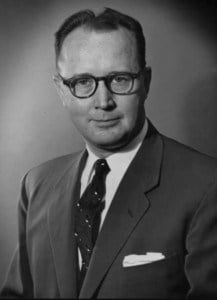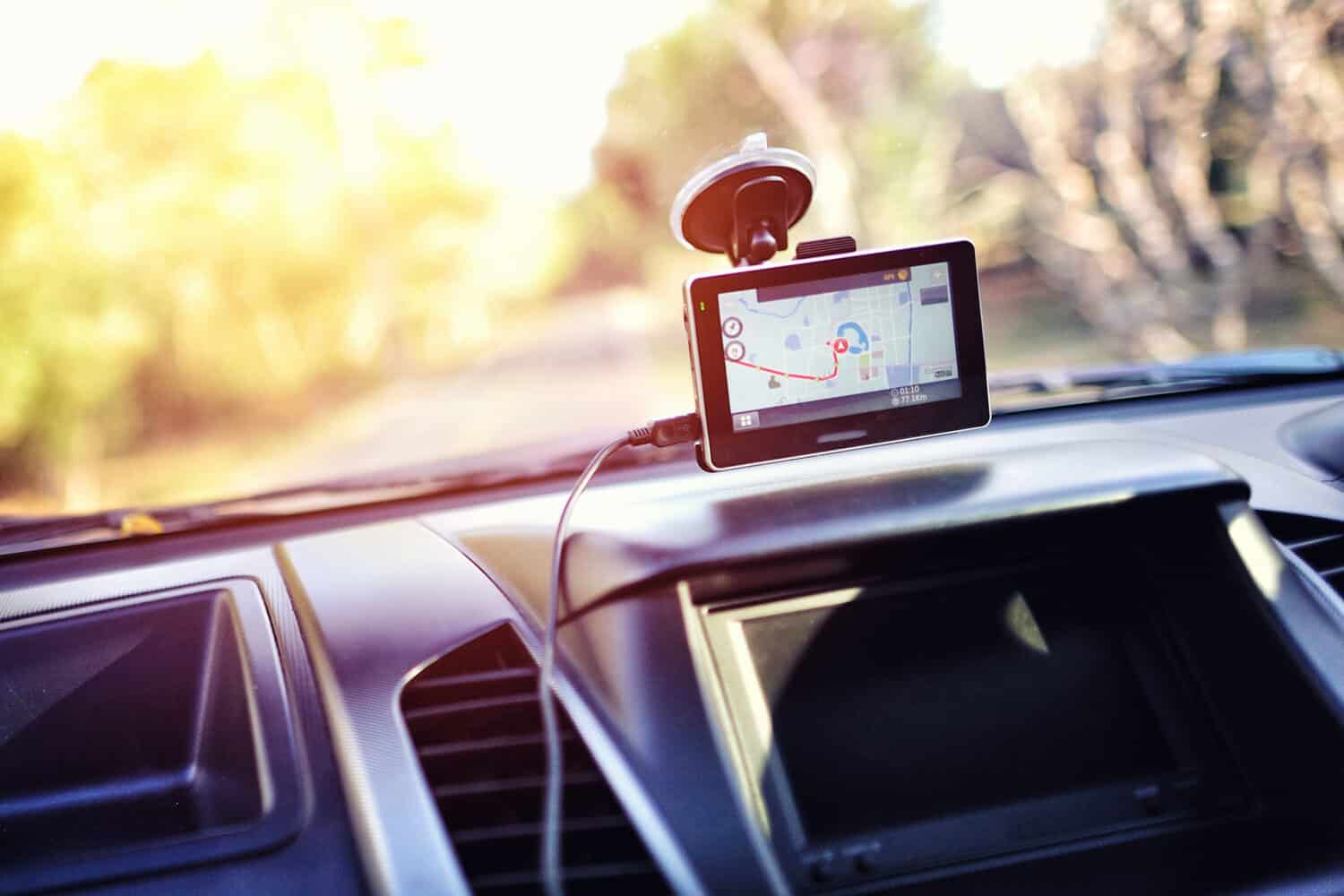






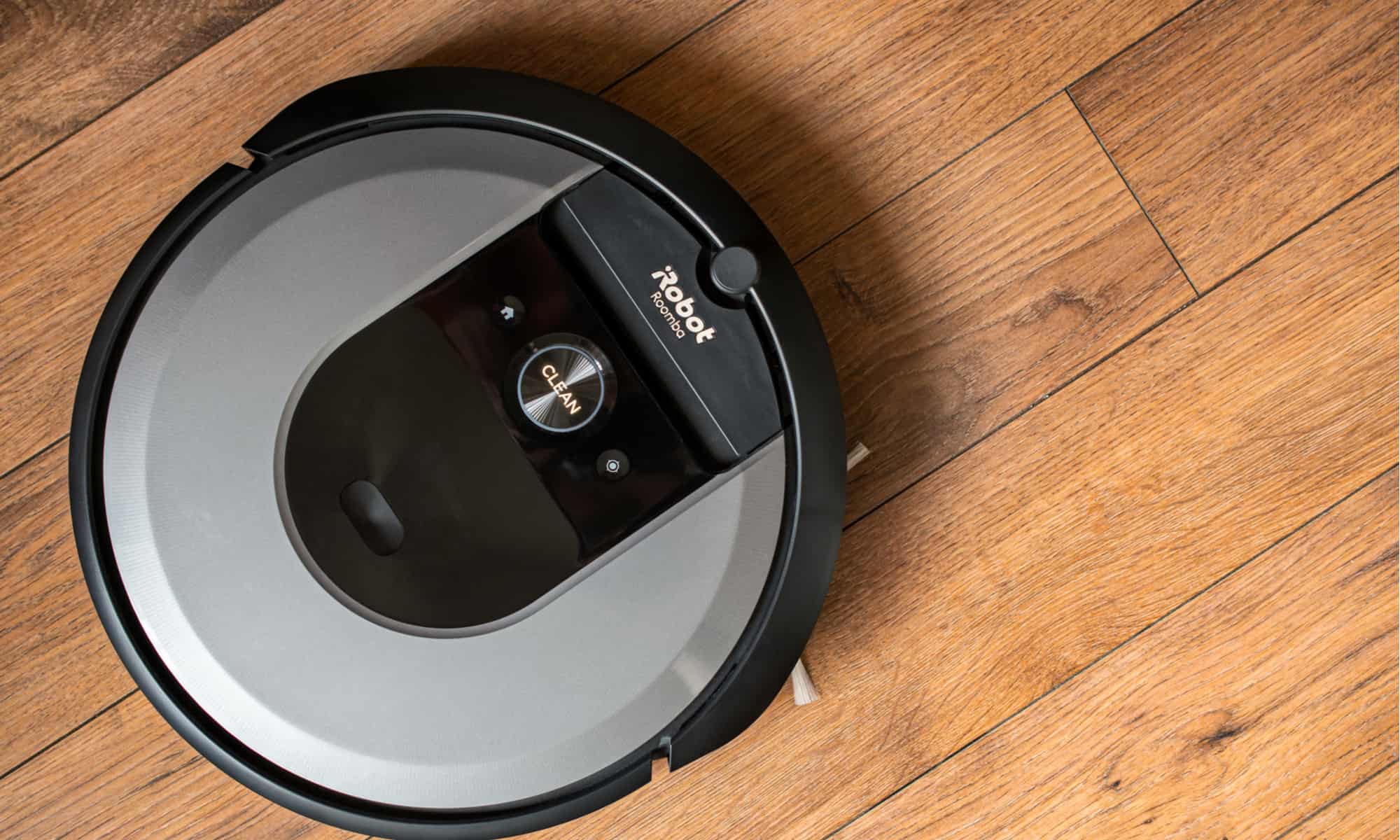

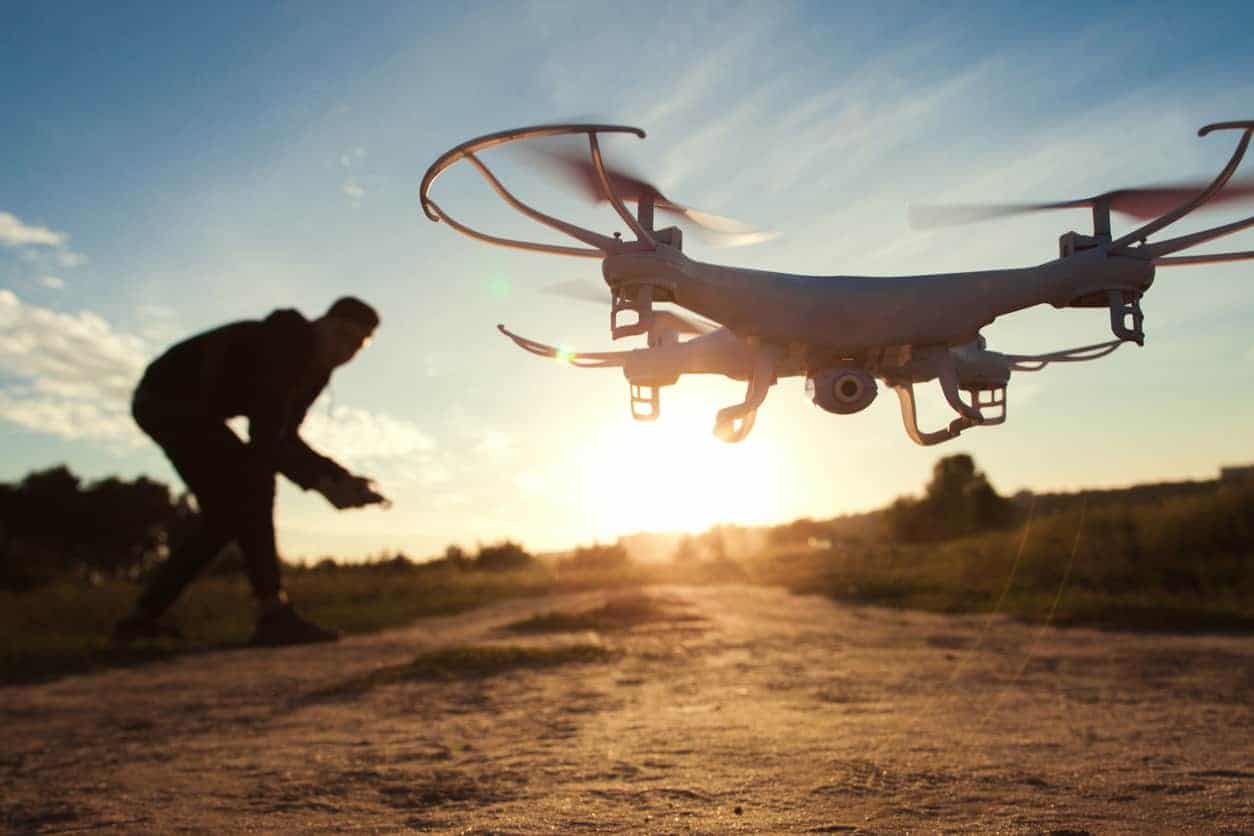
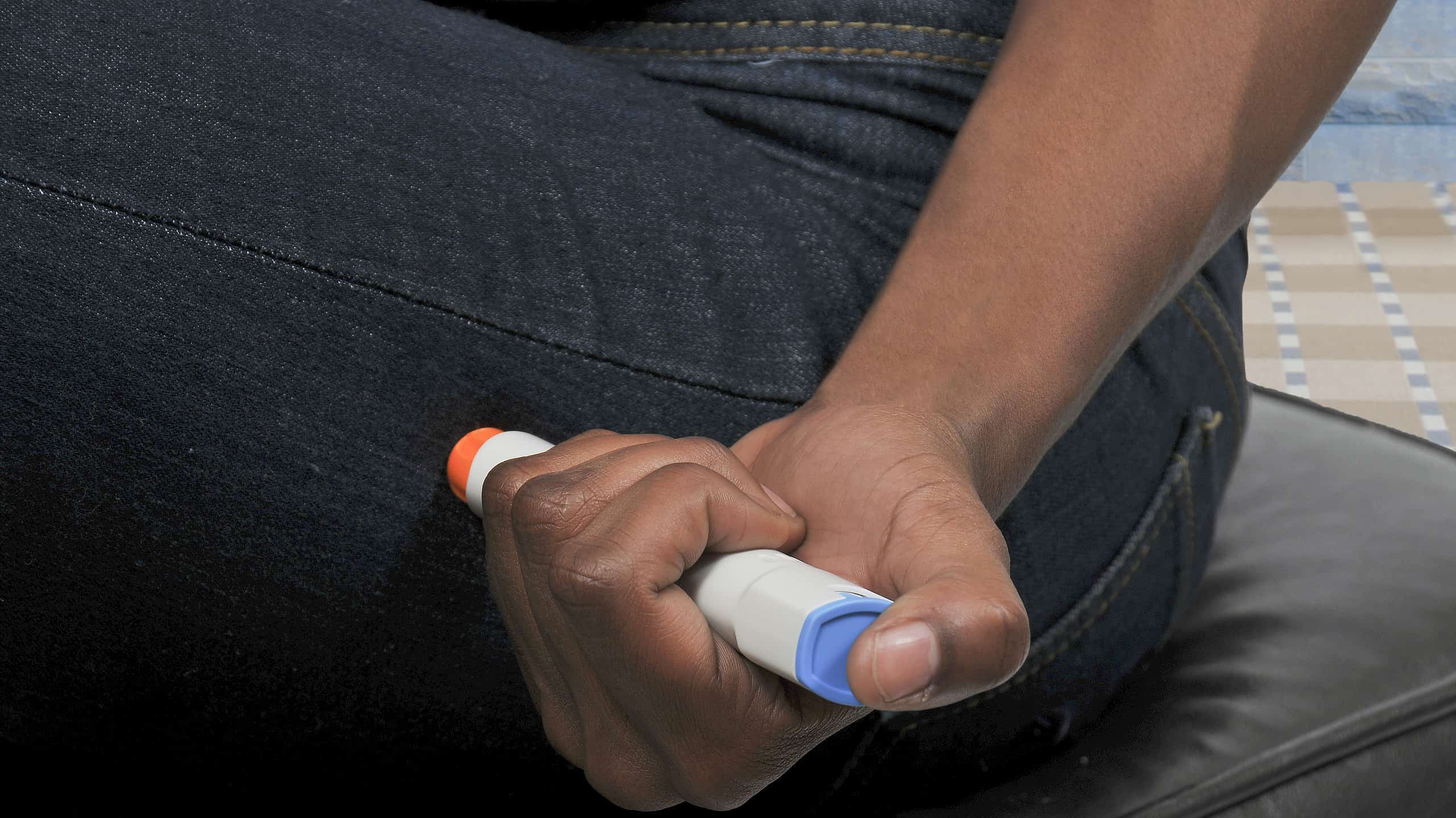
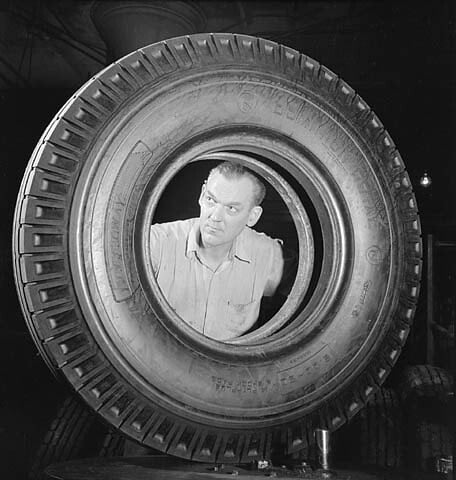
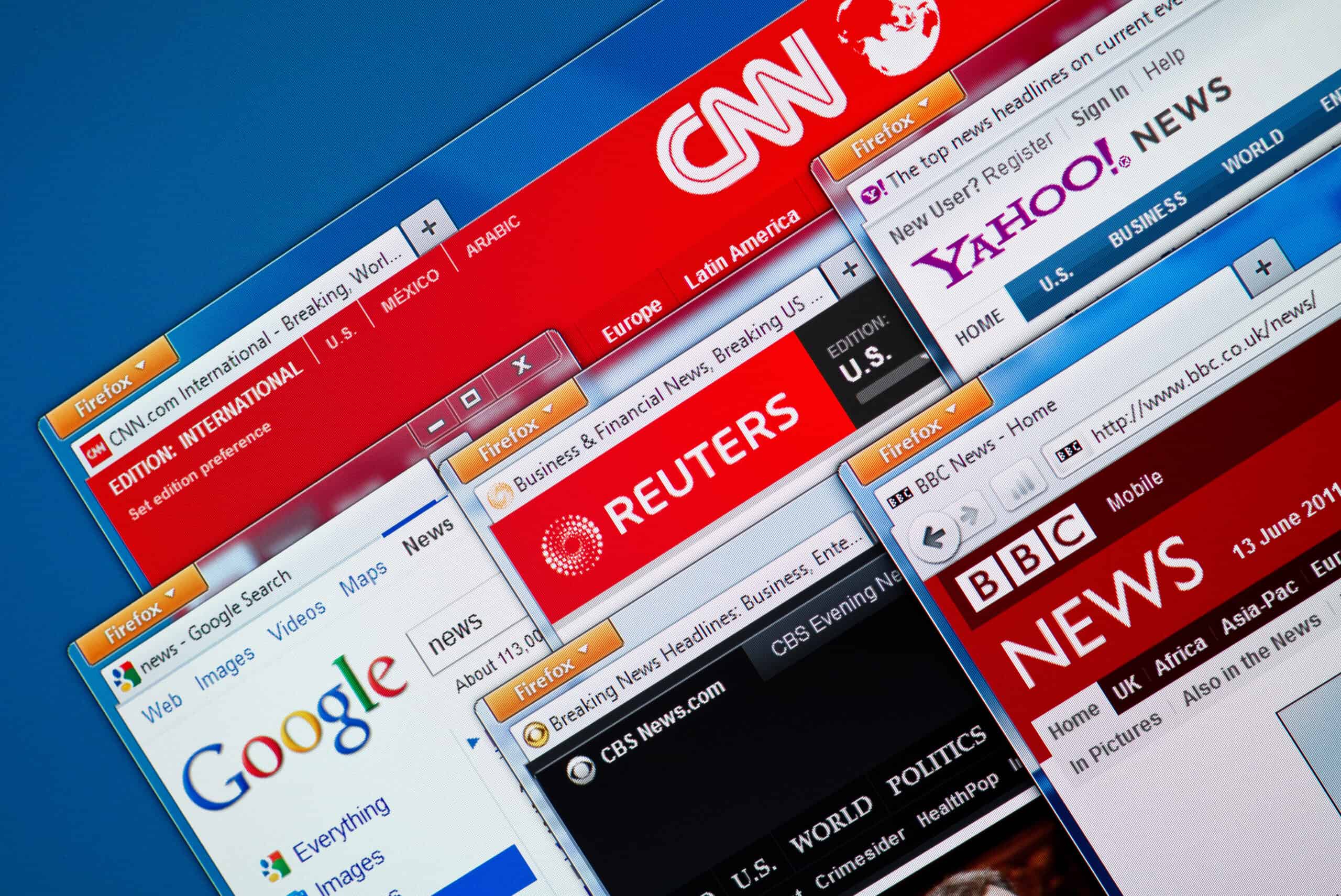
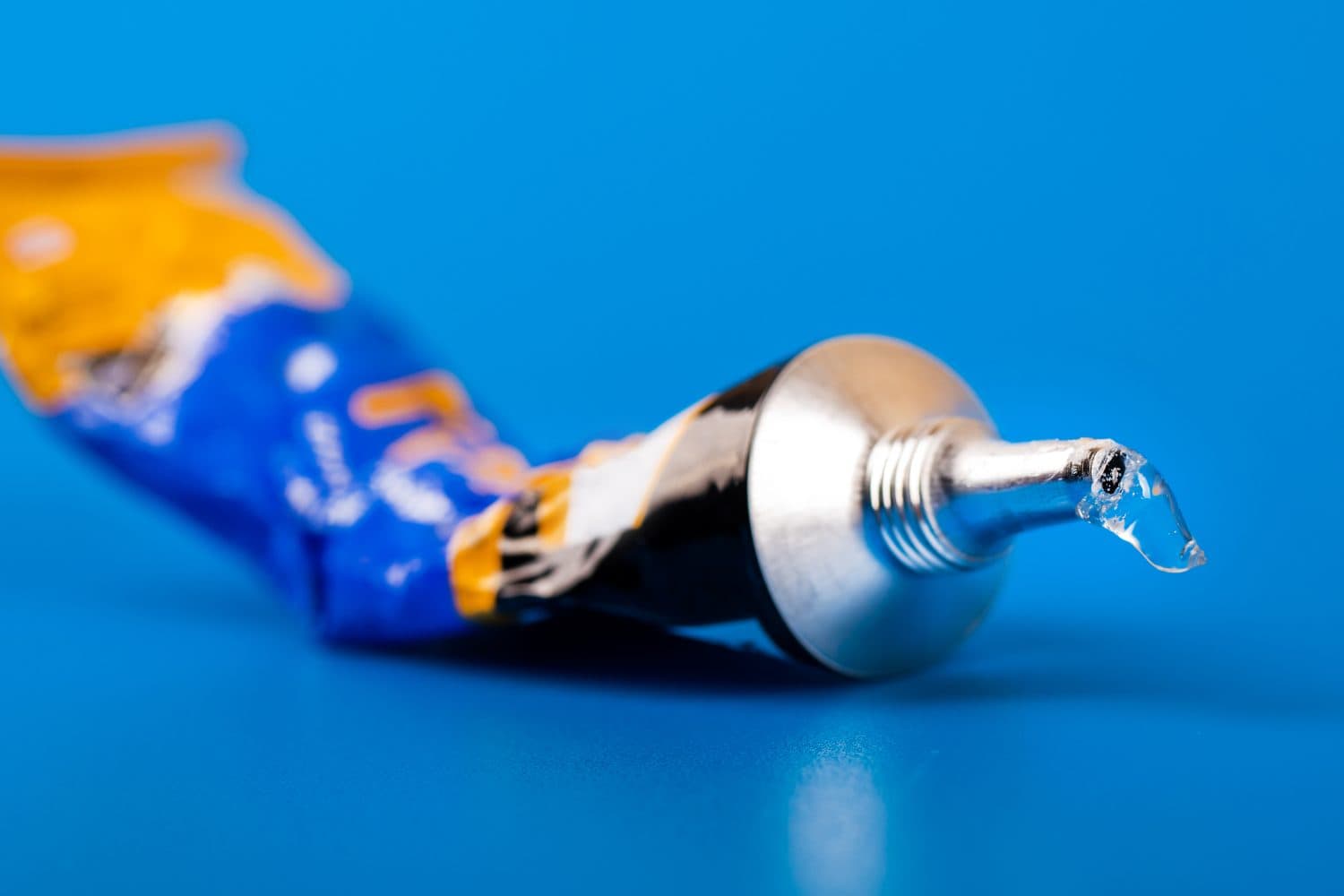

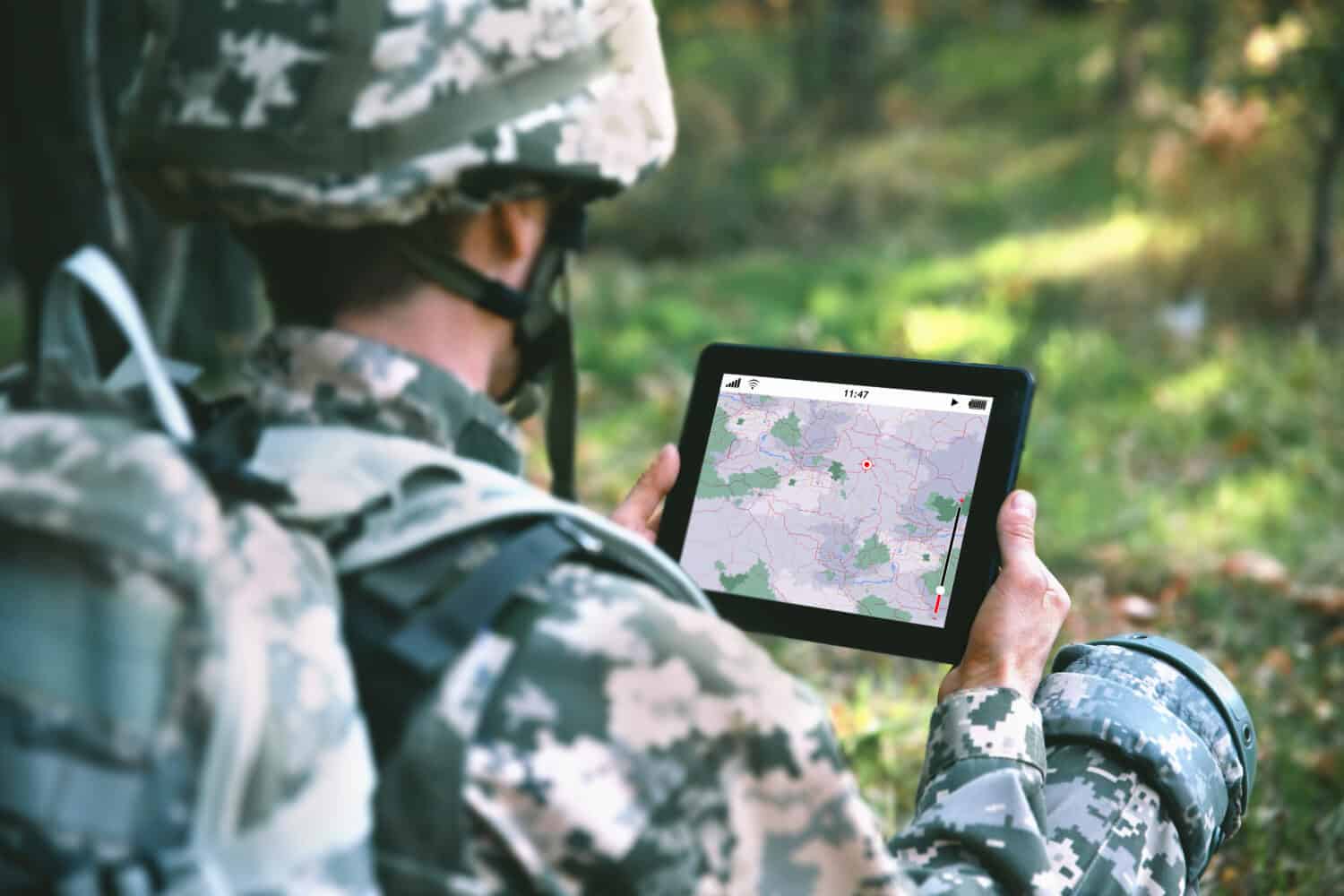









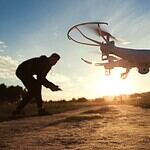





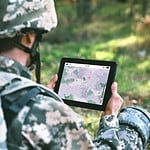
These Modern Technologies Came Straight From Military Research
When most people think about military inventions, they think about the development of increasingly dangerous weapons. But that isn’t the whole story. Instead, thousands of innovations initially meant for military advancement have eventually led to civilian technologies that improved our lives. Let's take a look at some of them now.
15. Computers
Unsurprisingly, computers can be traced back to military research. Sadly, the American ENIAC, one of the nation’s first large computers, didn’t arrive before the war’s end. Still, it played a pivotal role in helping the country leap from the atomic bomb to the hydrogen bomb before becoming a household staple.
14. Canned Food
Canned food is a staple on American grocery shelves today, but during the Napoleonic Wars, the French government sought to find a way to preserve food for extended periods. “Canning,” as it was commonly known, created a reliable source of food that could be transported and stored for lengthy periods without fear of spoiling, something millions of consumers take advantage of today.
13. Bug Spray
During World War II, one of America’s biggest enemies in the South Pacific wasn’t the Axis powers but bugs and insects. With concerns over malaria growing by the day, the US Department of Agriculture tasked two scientists to work with the Department of Defense to deliver insecticide as a “fine mist.”
The aerosol can was patented in 1941 and nicknamed the “bug bomb” by troops. Fast-forward to today, and bug spray is a staple of soccer games and camping trips worldwide.
12. Jeeps
A well-known piece of equipment from World War II, the Jeep was introduced as a lightweight four-wheel-drive utility vehicle that could travel anywhere in Europe. Invented in 1940, the US needed a lightweight reconnaissance vehicle and asked American automakers to start working on prototypes. The American Bantam Car Company won, and the vehicle’s designation, “General Purpose” or “G.P.” for short, was eventually nicknamed the Jeep.
11. Silly Putty
When World War II-era engineer James Wright worked on developing a synthetic rubber to help provide troops with equipment, he stumbled on a cheaper alternative. Known as “nutty putty” at the time, the material didn’t quite work as a rubber replacement, but toy companies loved it. It has since become one of the most popular toys, with more than 350 million “eggs” of Silly Putty sold since 1950.
10. Virtual Reality
Well before virtual reality became a household name courtesy of companies like Meta, it was a technology introduced in the 1980s to help train military personnel. The beginning of virtual reality goes back to advanced flight simulators used by combat pilots to simulate scenarios they might face on the front lines. Today, VR has many applications, from gaming to home-based flight simulators.
9. Roomba
According to iRobot co-founder Colin Angle, the technology inside the Roomba robot vacuum is derived from technology the US military used to develop robotic minesweepers. Today, Roombas look for dog hair and food crumbs more than dangers to US troops, but the technology works well for both.
8. Microwaves
In 1945, one American scientist, Perry Spencer, discovered microwaves provided enough heat to melt a chocolate bar in his pocket. After experimenting with popcorn, Spencer sought to harness the same technology the military had developed for radar transmitters. Spencer learned that the same tech could cook food, and so the first microwave oven was available in under 24 months.
7. Drones
Drones are now a wildly popular technology among consumers, ranging from children to professionals who use them to create Hollywood-style movies. However, if we turn back the clock, it was in the 1980s that drones really began to take off in a limited military surveillance role.
As this technology became less expensive, drones continue to play a pivotal role in US military capability and save the lives of troops every day. Meanwhile, children fly them in parks every weekend.
6. EpiPen
A life-saving device for millions of people in the US and the world, the EpiPen is a surprising technology with military origins. Designed to help protect soldiers against chemical warfare agents, the auto-injector was intended to administer medicine quickly. Known as the ComboPen, the FDA renamed it the EpiPen in 1987, making it accessible to millions of Americans through prescription.
5. Synthetic Rubber
After Japan’s attack on Pearl Harbor caused a rubber shortage during the war, the United States needed a substitute for natural rubber. In 1942, under President Roosevelt’s order, multiple companies worked together to create synthetic rubber, which immediately filled a wartime need and was later used in cars, electronics, skateboards, shoes, dog toys, and more.
4. The Internet
In a not-at-all surprising development, the internet as we know it today originated in the 1960s with the Department of Defense. A globally connected computer network was established to expedite data sharing during this time. It’s here that programming languages began to develop, leading up to the first domain registration in 1985. The rest, as they say, is history.
3. Super Glue
In 1945, scientists created a new technology to help build clear gun sights for use in World War II, although this technology didn’t make it to the front lines. Fast-forward six years, and one of the scientists involved, Dr. Harry Coover, began working on the technology again. He finally nailed it in 1958 when he finalized “super glue,” which was used for sealing aircraft canopies and flesh wounds.
2. Duct Tape
Duct tape might not be a technology in the typical sense, but it’s hard to ignore just how prevalent it is in everyday civilian life. This invention emerged in 1942 as a way for soldiers on the front lines to seal ammunition cases so that water couldn’t get in as they crossed rivers or made beachfront landings. It wasn’t long before soldiers realized this tape worked well for everyday life.
1. GPS Technology
Believe it or not, GPS technology, the very same tech that powers Apple and Google Maps, came directly from the military. In 1978, the Department of Defense launched the Global Positioning System satellite to help better target weapons. Today, GPS is a staple of everyday life, found in phones, airplanes, farming equipment, emergency services, fitness trackers, and much more.
The image featured at the top of this post is ©SAHACHATZ/Shutterstock.com
